Optimal Timing for Foundation Repairs
Foundation repairs are most effectively performed during specific times of the year when weather conditions are optimal. Typically, dry and moderate weather conditions allow for better curing of materials and easier access to affected areas. Avoiding extreme cold or heat can prevent issues such as cracking or improper setting of repair materials.
Spring offers moderate temperatures and increased daylight, making it a suitable time for foundation repairs. However, increased rainfall can sometimes delay work or cause additional soil movement.
Summer provides warm weather and dry conditions, ideal for most foundation repair activities. It's important to schedule early in the season to avoid peak heat, which can affect curing times.
Fall can be advantageous due to cooler temperatures and less humidity. It's crucial to complete repairs before winter to prevent damage from freezing conditions.
Winter is generally less ideal due to cold temperatures and potential snow or ice. However, in milder climates, some repairs can be performed with proper precautions.
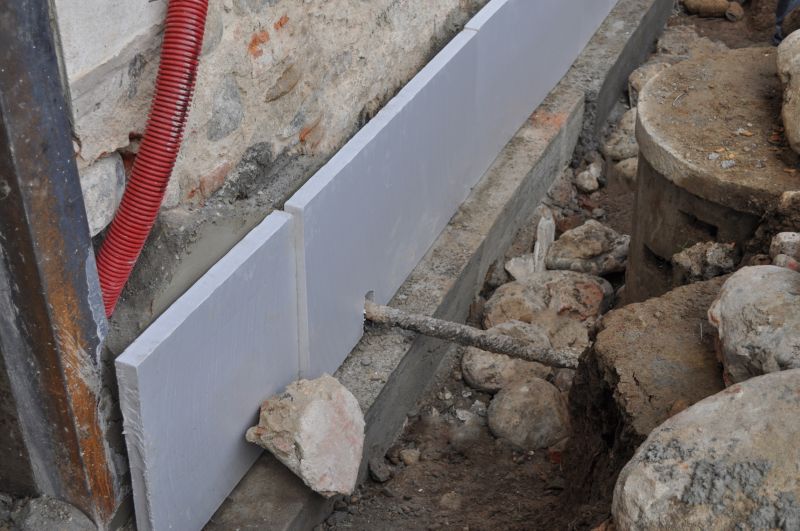
Image depicting trenching and underpinning techniques for foundation stabilization.
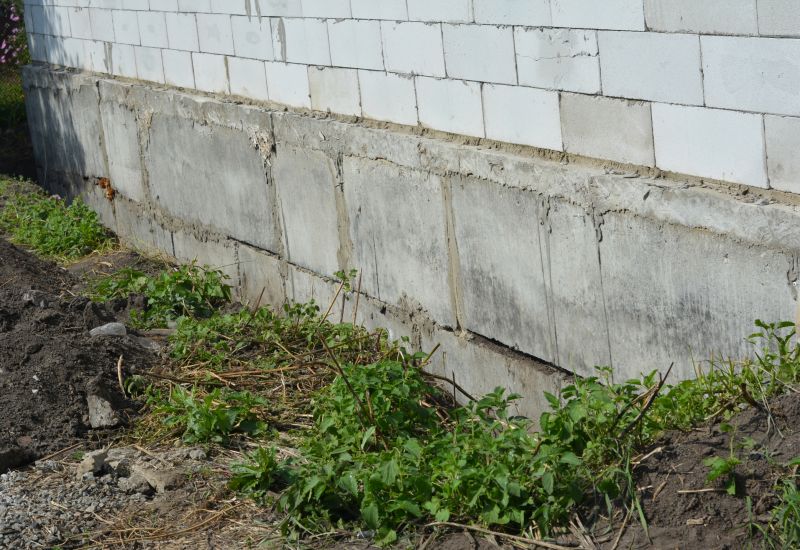
Visual of soil testing and moisture management for foundation support.

Photo of a technician inspecting a foundation exterior for damage.

Ways to make Foundation Repairs work in tight or awkward layouts.
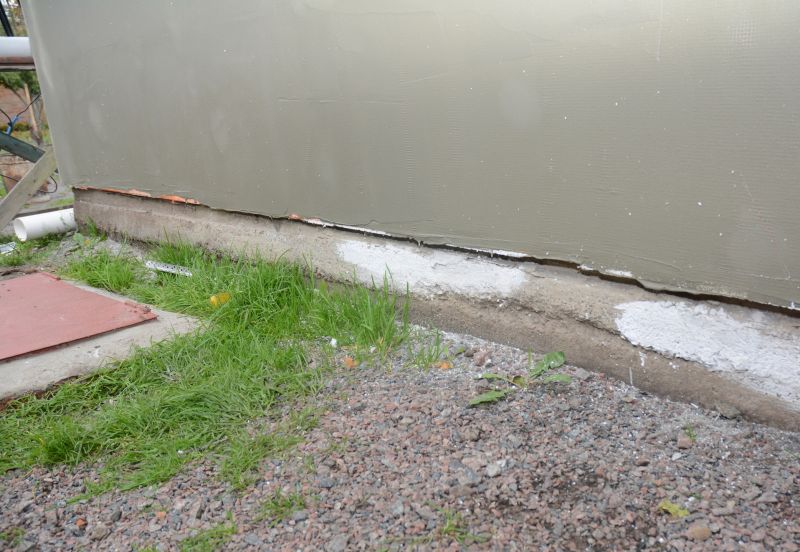
Popular materials for Foundation Repairs and why they hold up over time.
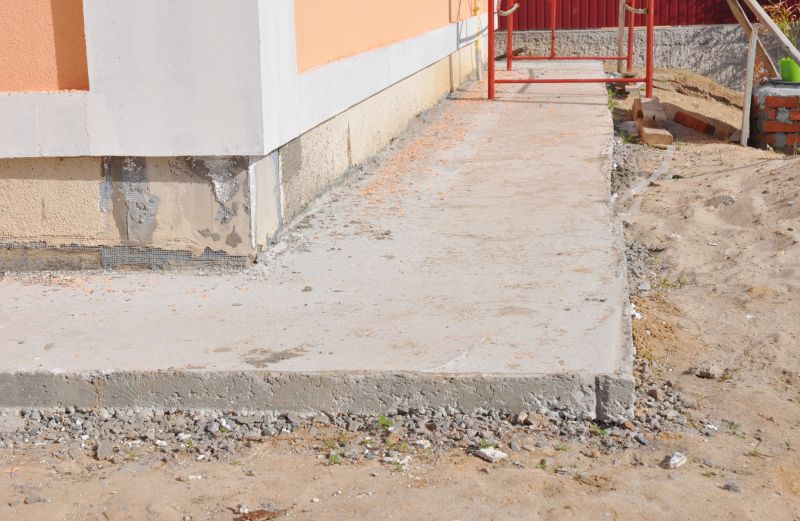
Simple add-ons that improve Foundation Repairs without blowing the budget.
| Season | Ideal Conditions for Foundation Repairs |
|---|---|
| Spring | Moderate temperatures and increased daylight, but watch for rain delays. |
| Summer | Warm and dry weather, suitable for most repair activities. |
| Fall | Cooler temperatures and less humidity, ideal before winter. |
| Winter | Less ideal due to cold and potential snow, suitable in milder climates. |
Foundation repairs address issues such as settling, cracking, and shifting that can compromise the structural integrity of a building. Timely intervention minimizes long-term damage and preserves property value. Proper planning around seasonal conditions ensures that repairs are durable and effective, reducing the likelihood of future issues caused by soil movement or weather fluctuations.

Close-up of foundation cracks indicating structural settling.
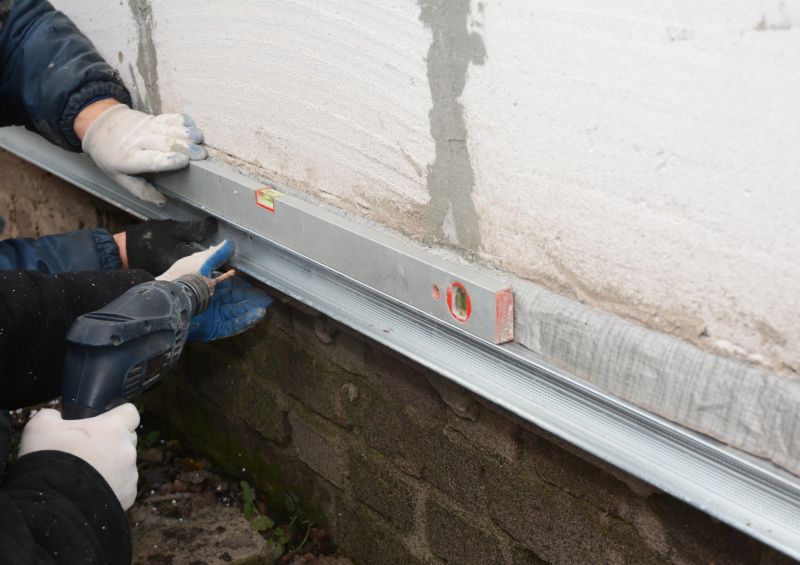
Image showing underpinning work to stabilize the foundation.

Tools used for assessing soil conditions before repairs.
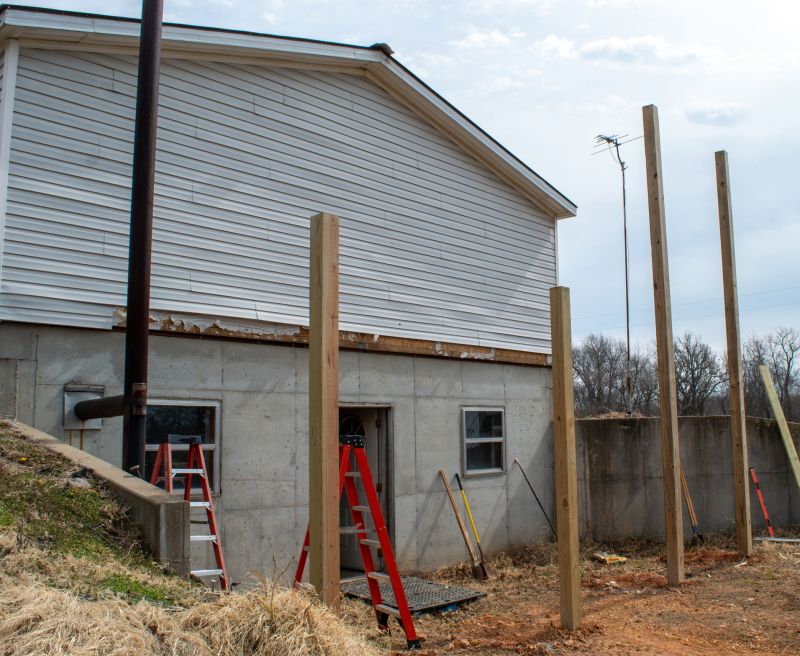
Finished foundation stabilization with new supports.
Understanding the optimal timing for foundation repairs can help homeowners and property managers plan effectively. Consulting with foundation specialists can provide tailored advice based on local climate and soil conditions. Properly timed repairs contribute to the longevity and stability of the structure, ensuring safety and preserving property value.
Interested in foundation repair services? Fill out the contact form to get started today.

